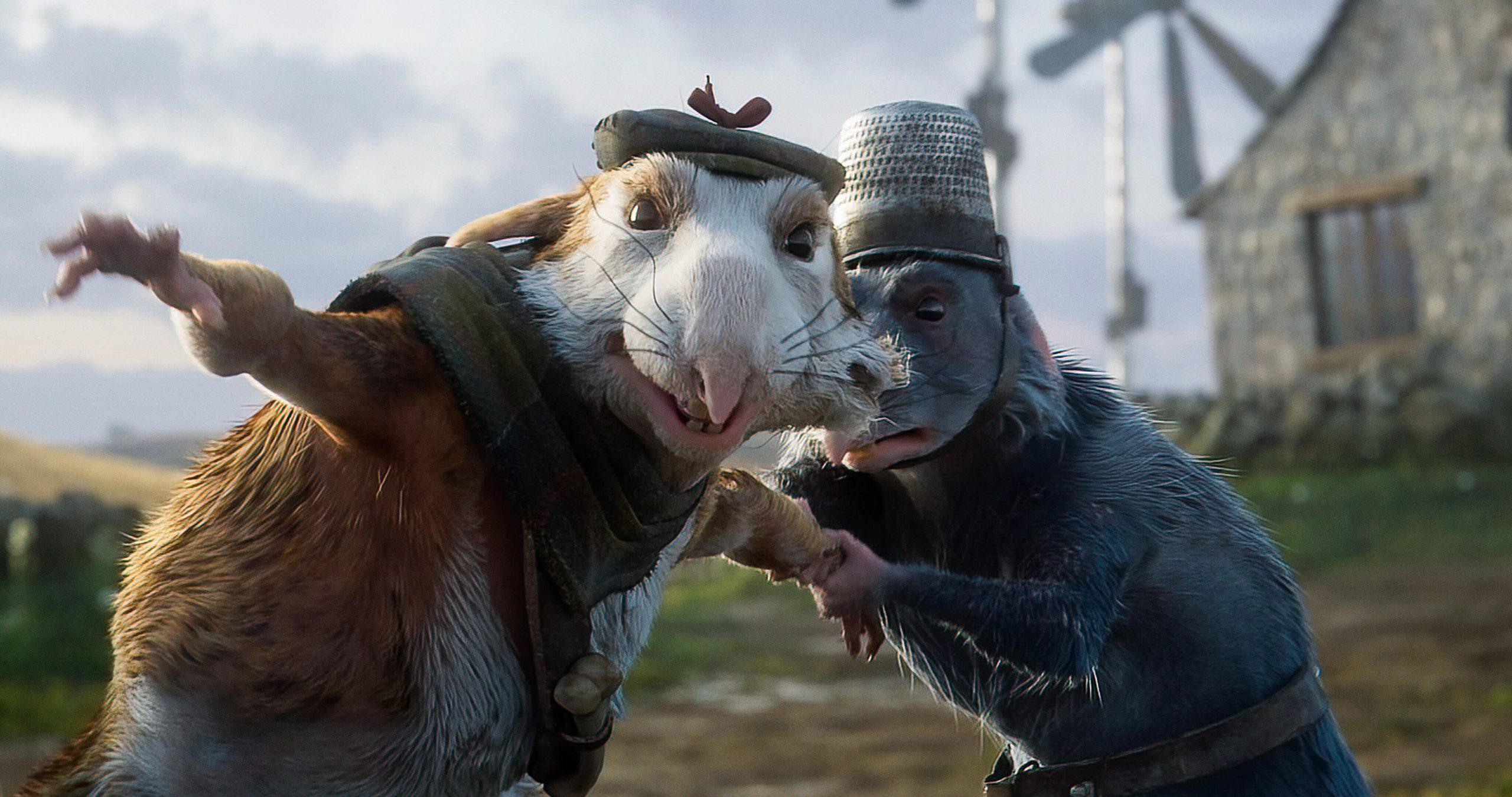“Like World War fucking IV.”
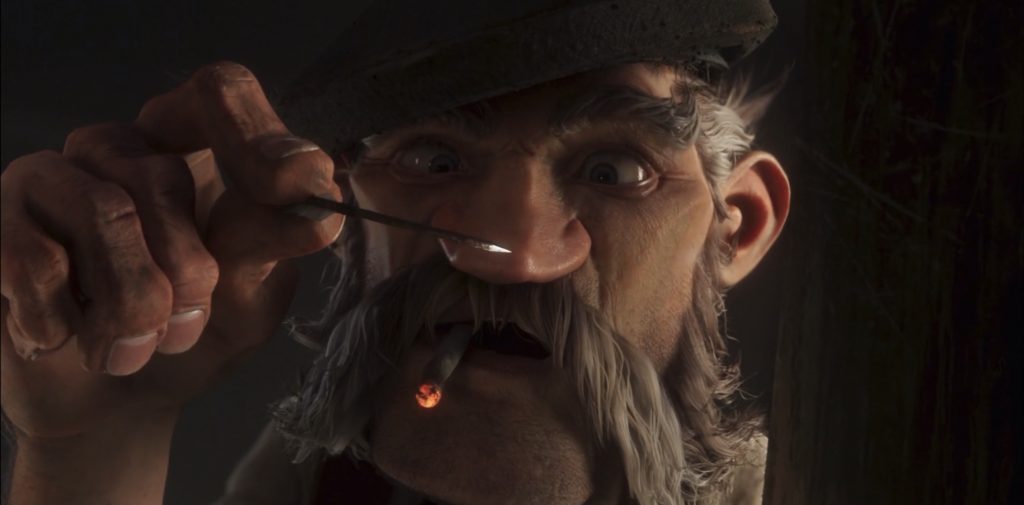
Figure 1: Mason receives a warning from the rats
The Love, Death and Robots’ episode, Mason’s Rats, centres around conflict regarding control and the co-existence of humans and animals, specifically rats, in a world dominated by technologically advanced humans. Significantly, the identities of the two clashing forces – the rats and Mason – are used to portray the errors of internecine fighting, with both embodying Scottish culture and heritage. Using themes of war to reinforce the human/animal boundary, Mason’s Rats embodies the loss and reconnection with one’s own cultural identity in relation to the growing, and constantly developing world, where power and control seems to be the highest priority. These conflicts which are caused by opposing desires for control over the barn, are reminiscent of division in Scottish history. Specifically, the conflict between Highlanders and Lowlanders, and more recently, the division in the fate of Scottish independence. Whilst farmer Mason intends to use the barn for his agricultural development, the rat clan intends to use it as their home. These themes are foregrounded in the final battle scene, as the rat rebellion struggle against laser shooting TT15 – a robotic Scorpion deployed by Mason.
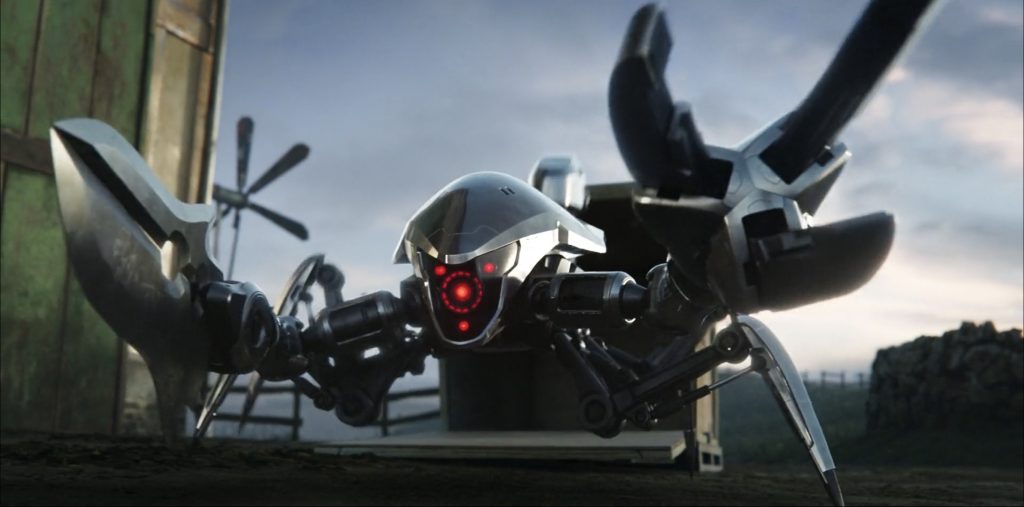
Figure 2: The formidable TT15
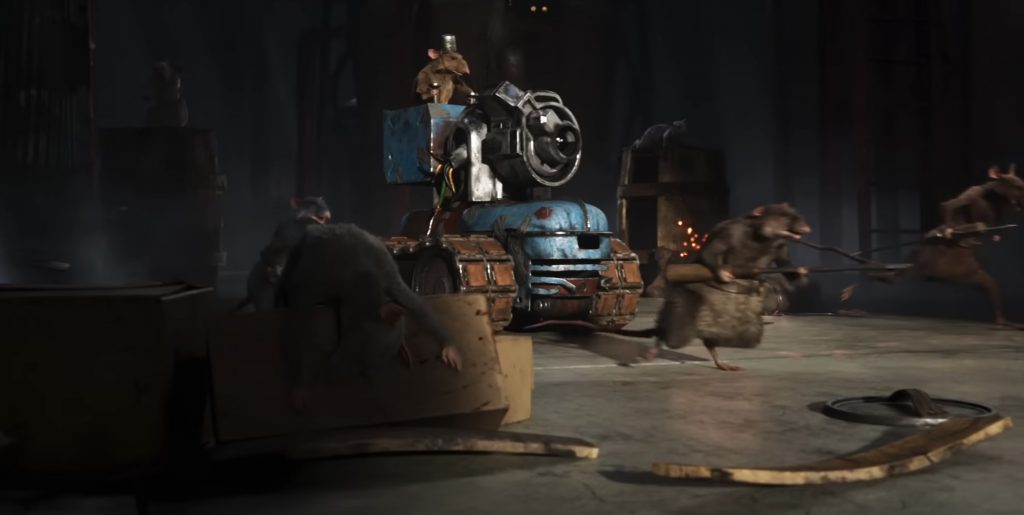
Figure 3: A rat using the TT6 as a tank
This battle sequence begins with the shot of a rat utilising a stolen TT6 (TT15’s predecessor), as a makeshift tank. Here, the rats portray an animalisation of Highlander identities – working in a clan, wearing tartan and willing to fight to defend their tribes. In comparison, Mason depicts lowlander identities, having prioritised agriculture and aligning with an English business man in order to buy his pest control robots. A whip pan transitions from TT6 to TT15, tracking a fired blast. However, the attack misses, vanishing off-frame and redirecting the focus onto TT15, slaughtering other rats. This displacement diverts the power from the rats, back to the robot, as emphasised by framing. In both shots, a dead rat is foregrounded in the corner of the frames, serving as a grim reminder of the endless losses on their side in comparison to TT15. Consequently, this scene reinforces the human/animal boundary through an imbalance of power. The rats, having embraced a Highlander, 18th century, Scottish identity and living, are restrained by the TT15. Notably, the TT15 uses visual design to depict the embracing of new-world, technology, and the loss of heritage and cultural identity. Here, TT15 adopts the base appearance of a scorpion, but is bathed in technological reworking and designs, from the metal of its armoured body, to the red, laser beaming eyes. Therefore, it loses its animal identity and essence, instead embodying humankind’s technological advancements. As a result, this scene creates a visual metaphor through animality of the struggle to maintain Scottish cultures and identity. The rats are punished for their traditional clan system which is deemed as savage and threatening by Mason, who in turn weaponises futuristic technology to suppress their freedom.
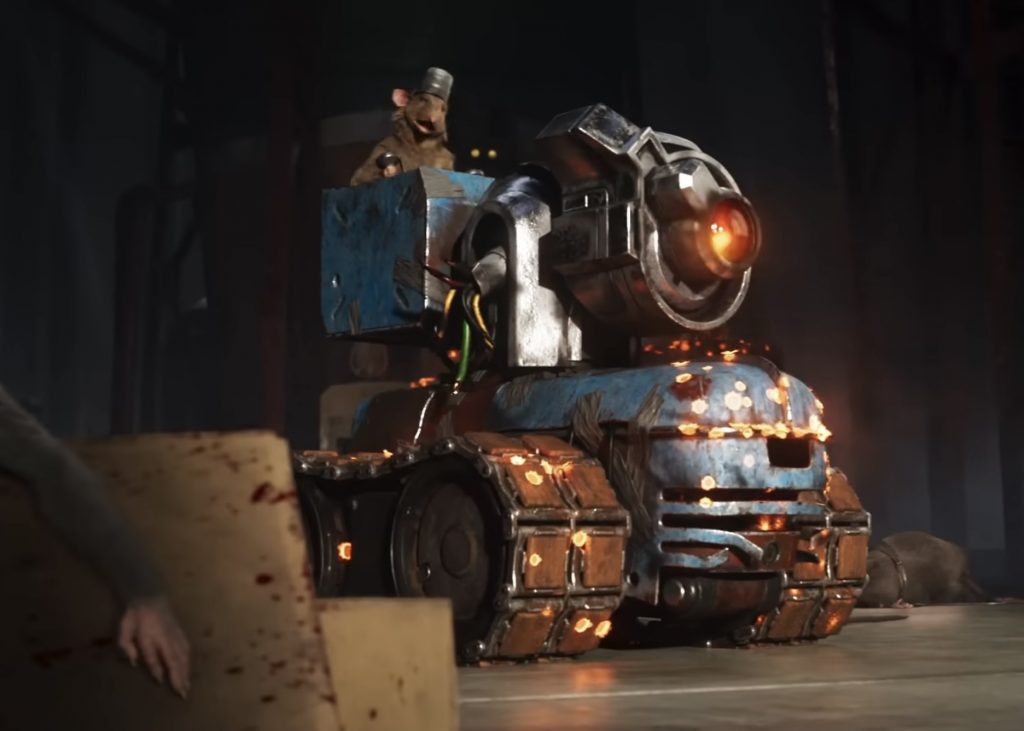
Figure 4: The TT6 prepares to fire 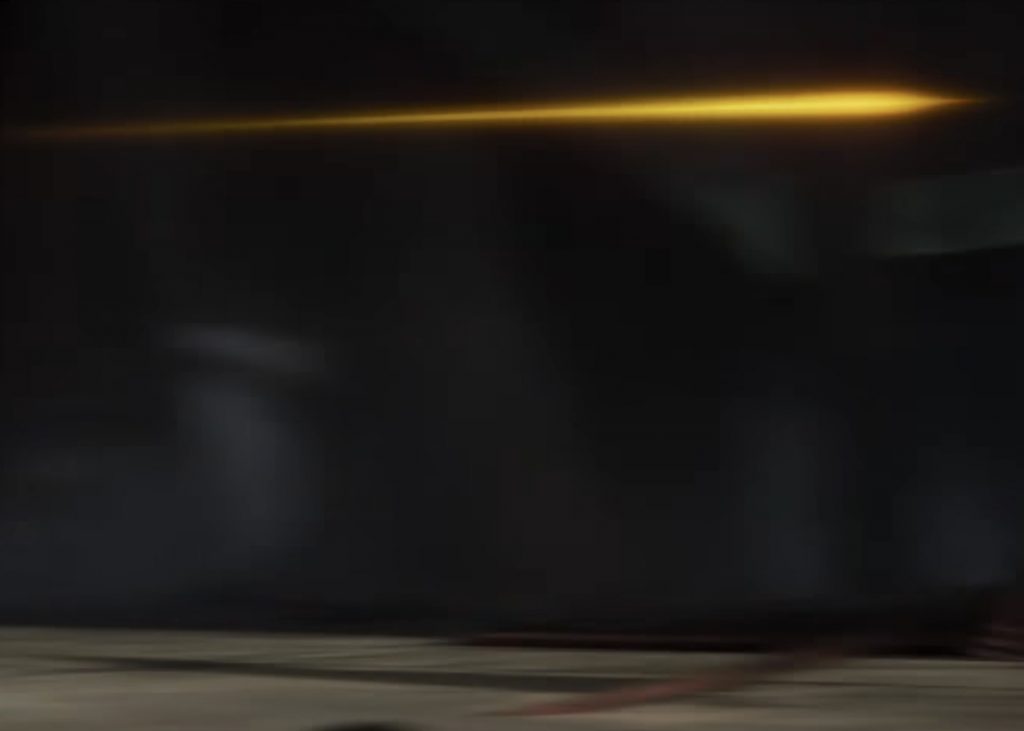
Figure 5: The fired blast is tracked via a whip pan 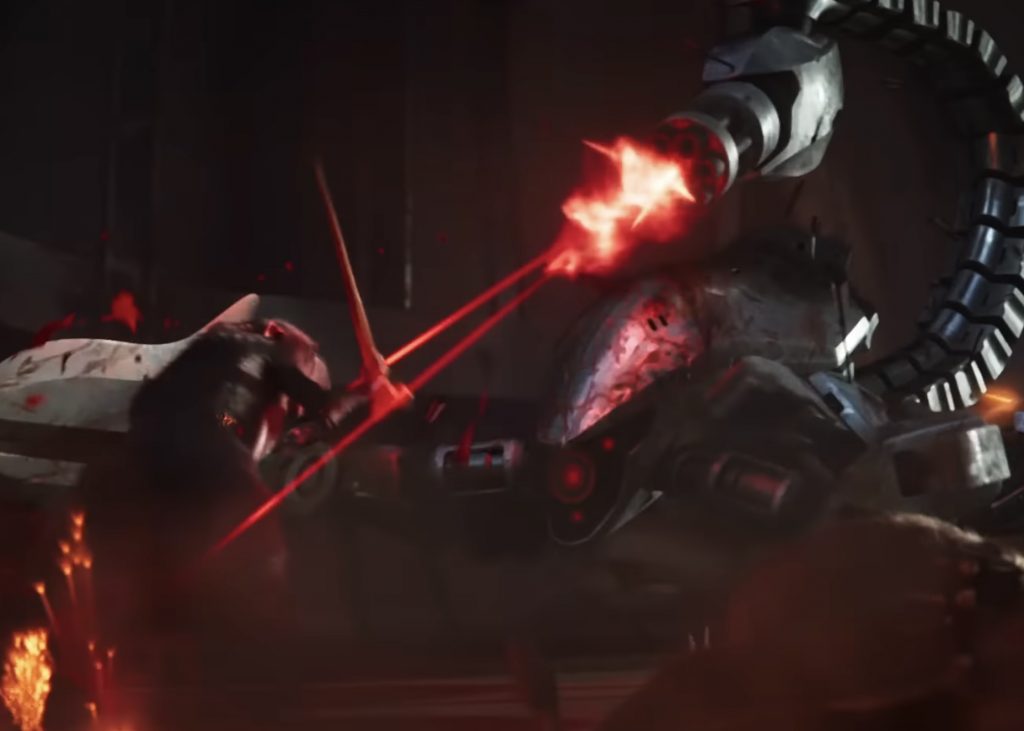
Figure 6: TT15 continues to slaughter the rats
As mentioned prior, this war between Mason and the rats are rooted in their conflict around co-existing with one another, and their different purposes for the barn. Mason believes that as a human and the owner, his needs for the barn surpasses that of the rats’, who are merely evolved vermin. Here, hierarchal control via suppression is explored through mise-en-scene, during a rat’s P.O.V shot. Inside, the barn is animated in dark lighting, obscuring identities of each rat and limiting individuality through lack of identification. We (the rat) are running towards the only prominent light source – an opening in the door behind TT15, leading to the outside world. Whilst the light is symbolic of freedom and opportunity (compared to the darkness of the barn), TT15 serves as a human-made barrier, robbing the rats of any chance. This is emphasised through diegetic sound, as the overlap of exploding rats, shrieks and laser beams traps the audience in an unpleasant, audial massacre. Therefore, this P.O.V mirrors humankind’s lack of regard for the rats’ needs, instead choosing to prioritise their own lives whilst refusing rats an opportunity to develop, securing their position as the most advanced species. Notably, this struggle for freedom and collision of goals uses animality to reflect the long running conflicts surrounding Scottish national independency. Whilst both Mason and the rats share the barn, neither have been able to settle for a middle-ground, or are willing to hear the other out. Instead, they resort to violence for control over the area.
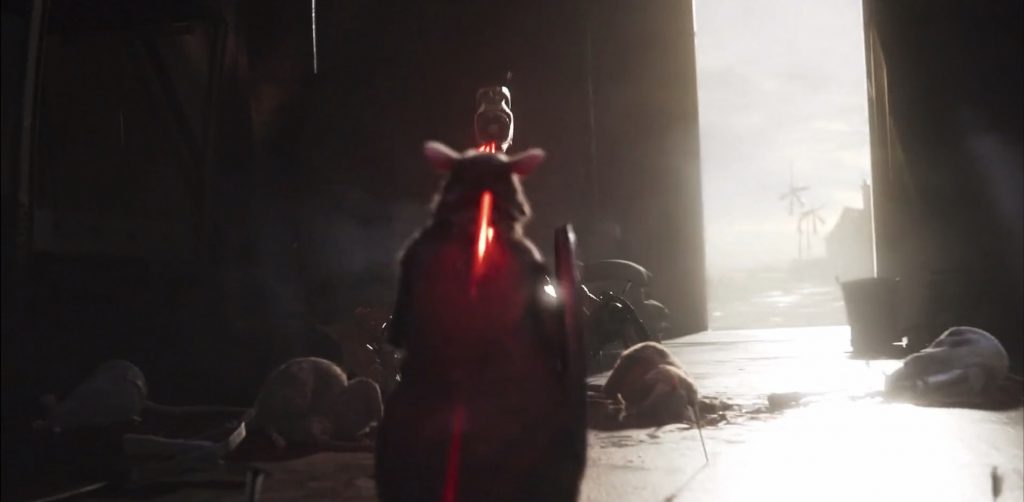
Figure 7: A P.O.V from behind a fellow rat 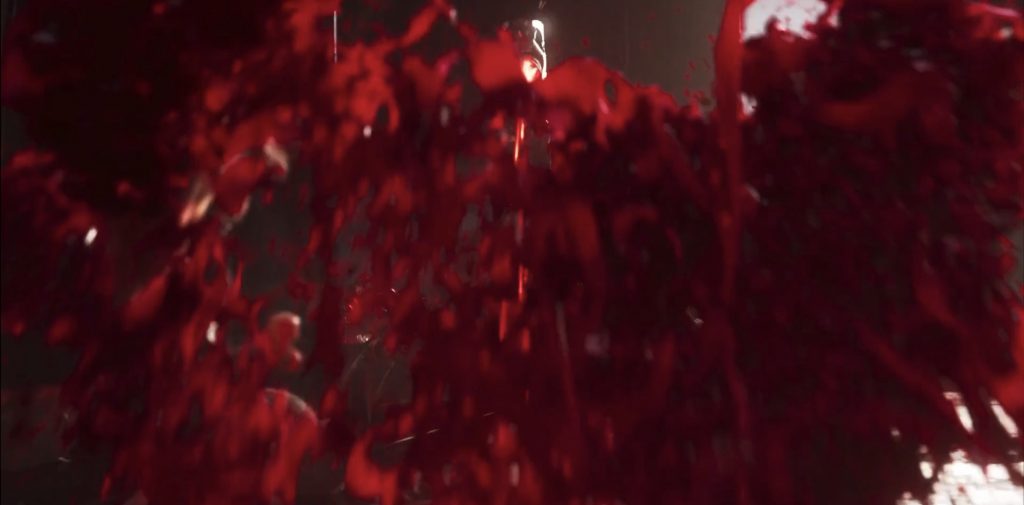
Figure 8: Blood fills the frame as the rat explodes
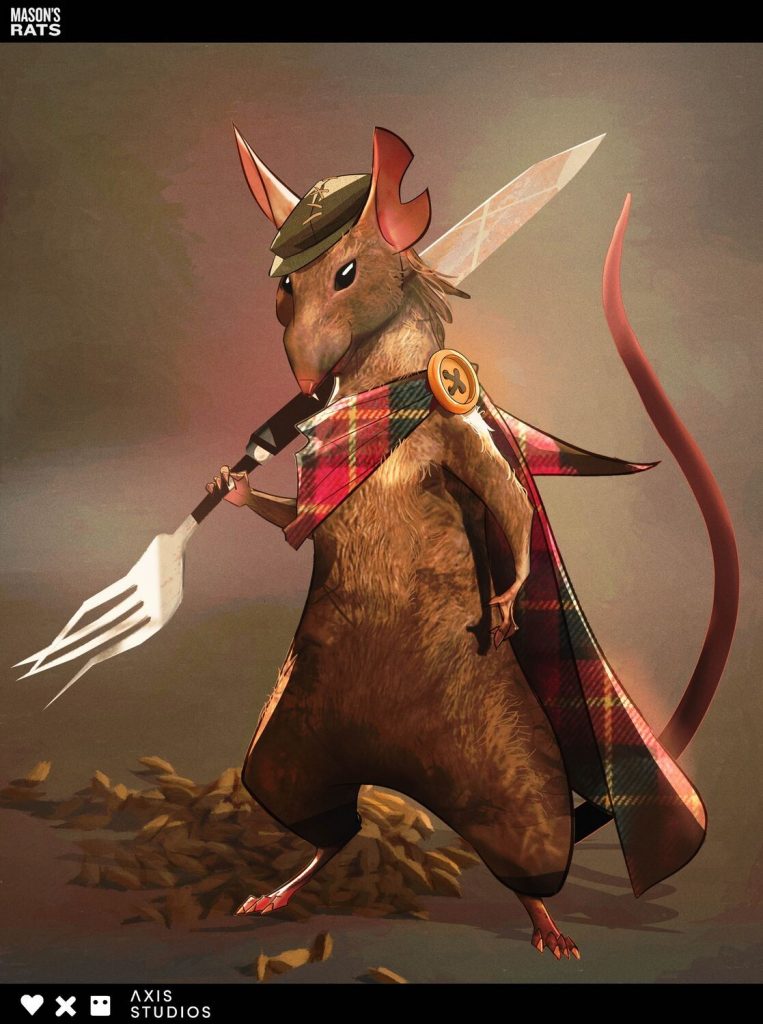
Figure 9: Concept art for the lead rat 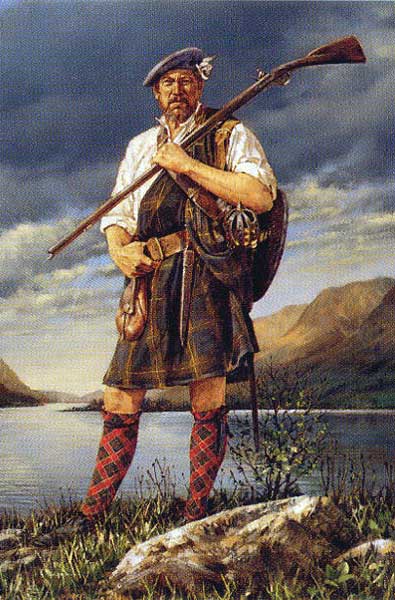
Figure 10: A Jacobean soldier. Credit: TheSonsOfScotland
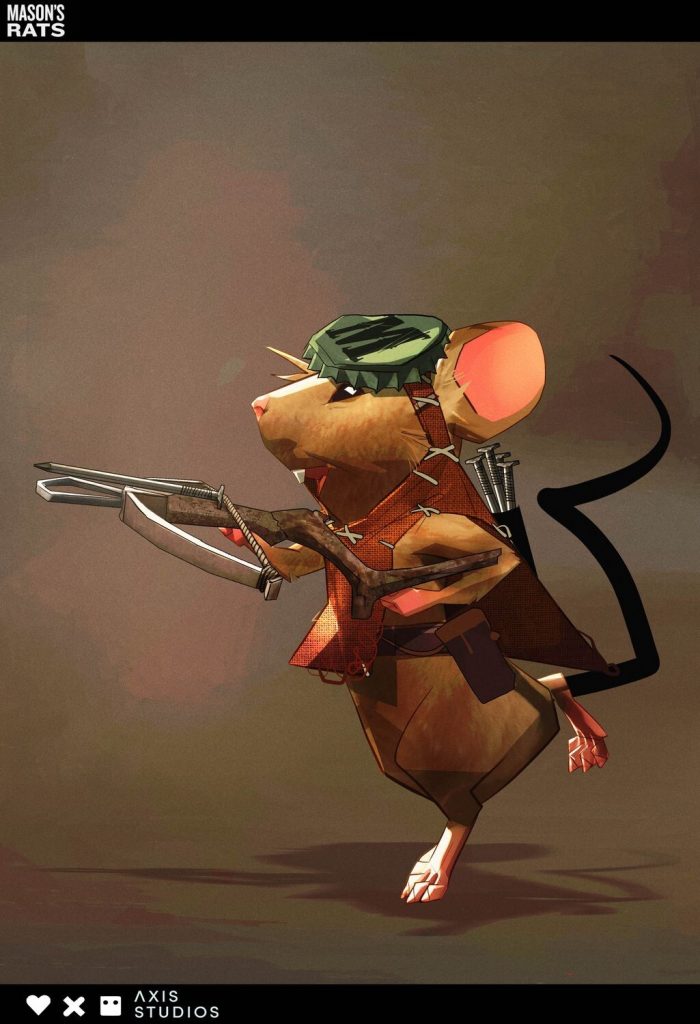
Figure 10: Concept art for one of the rats
Throughout this episode, the rats’ humanisation comes, not only from evolving to adopt human traits, but through visual design too. Donning a traditional, Scottish bonnet and tartan shawl, the rats’ leader resembles a Highlander, associating the battle with a deeper meaning. This is more than a rebellion, but a fight to defend their tradition, their family, amplified with extradiegetic pipes playing in an overhead shot of the fallen rats, honouring their deaths as sacrifices for clan safety. This design directly mirrors Mason’s own clothing, alongside his Scottish dialect. Compared to the only other human character – an upper class, English salesman – Mason, a farmer, has more similarities with rats than his own kind. However, despite these shared traits between Mason and the rats, it is only at the end when Mason realises his wrongdoings and the connection he has with these rats. Having lined with the English man’s business, Mason’s investment into the violent machinery in an attempt to benefit personally by eradicating the rat clan, resulted in him briefly losing the connection to his culture and heritage. Instead, he embraced the ‘culture’ of technology and the future. In comparison, the Jacobean – style rebellion on behalf of the rats is rooted in their desire to have clan sovereignty over Mason’s barn. Consequently, Mason’s Rats uses animality to reflect the flaws of internecine fighting. The rats, determined to take over the barn, essentially evoke Mason into war over conflicting goals. In comparison, Mason embraces the weaponised technology, despite stating throughout the episode that he thinks it is overkill. Their war has blinded each group from the truth of identity, which is that the two share a heritage and culture beneath these opposing values.
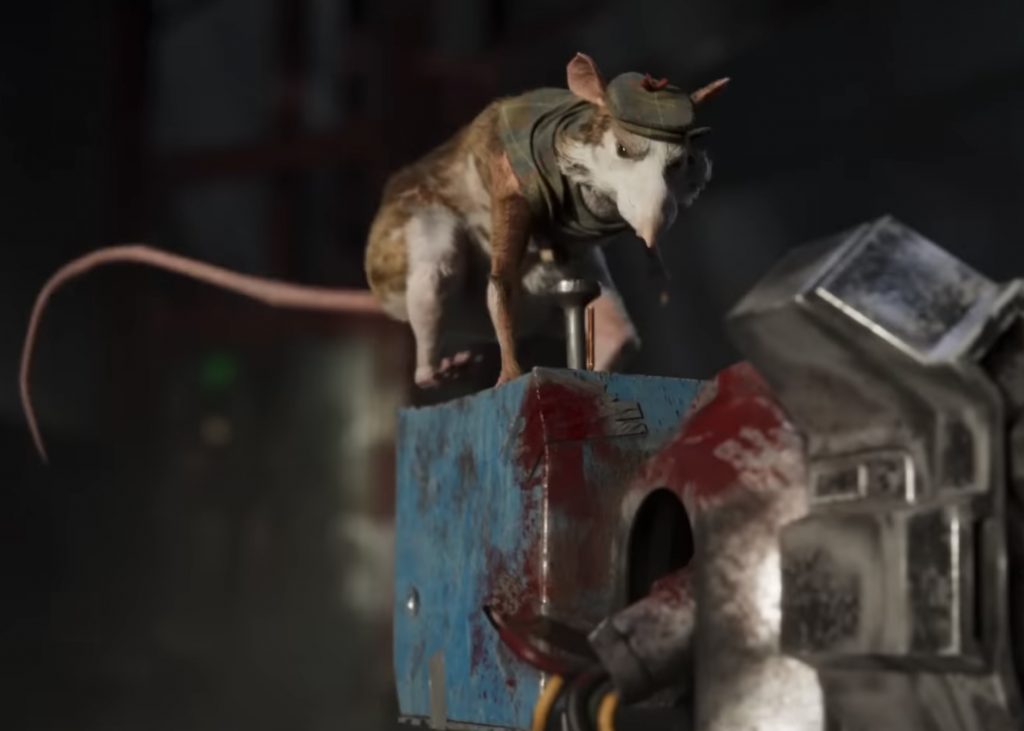
Figure 11: The first, clear shot of the lead rat 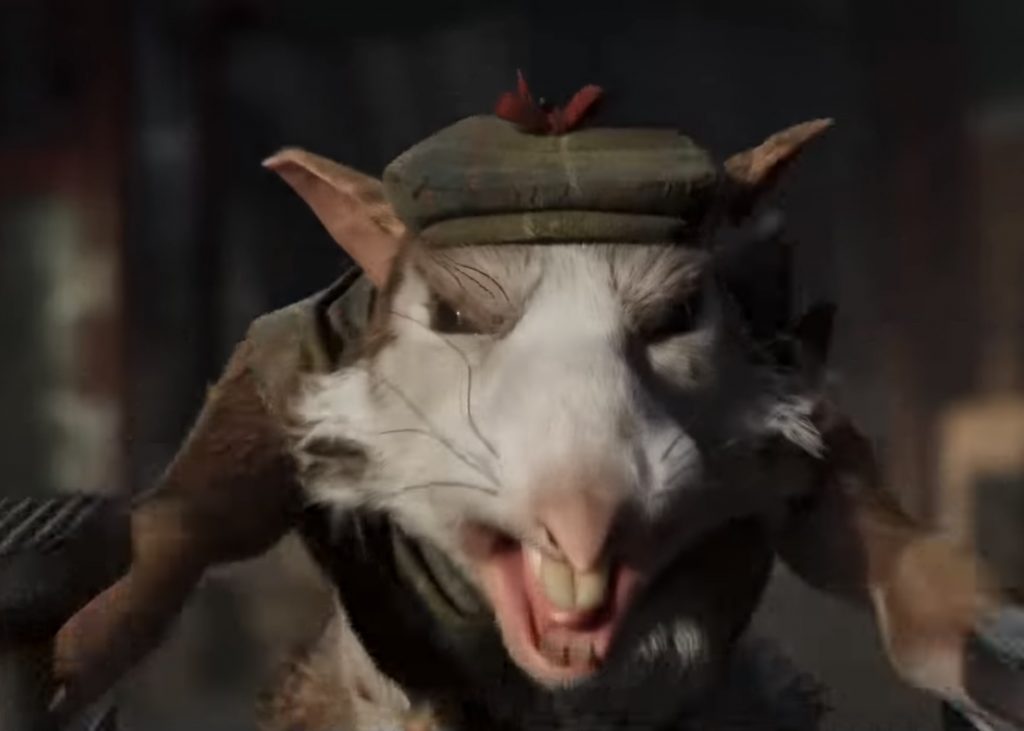
Figure 12: A close up shot as he drives into TT15 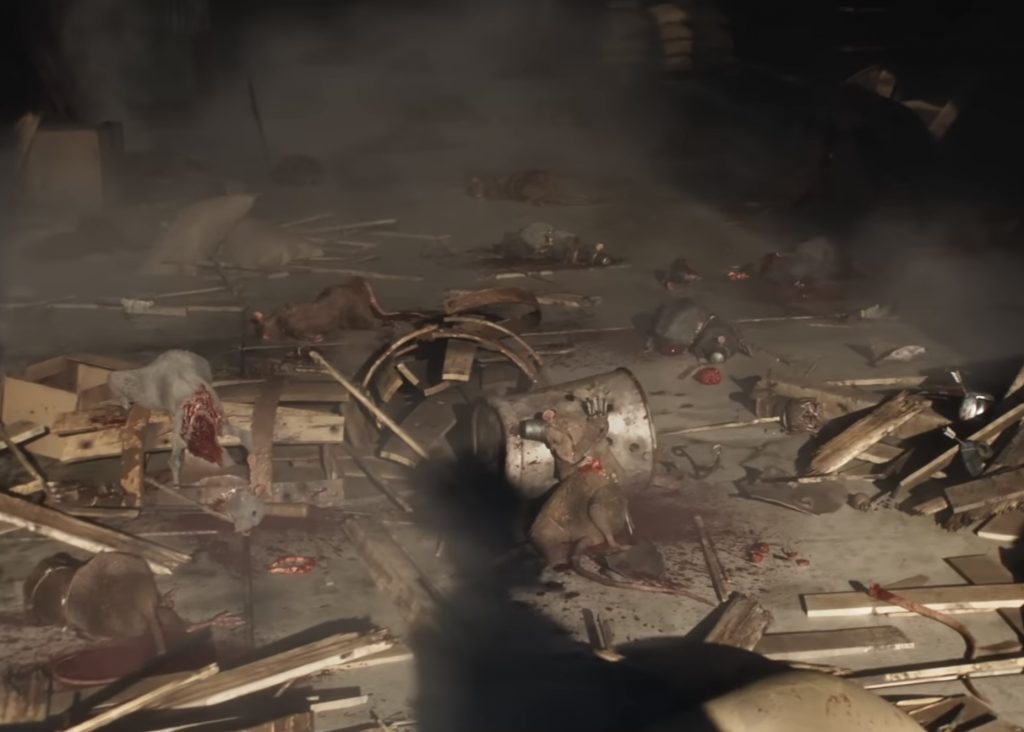
Figure 13: The aftermath of a grim battle
